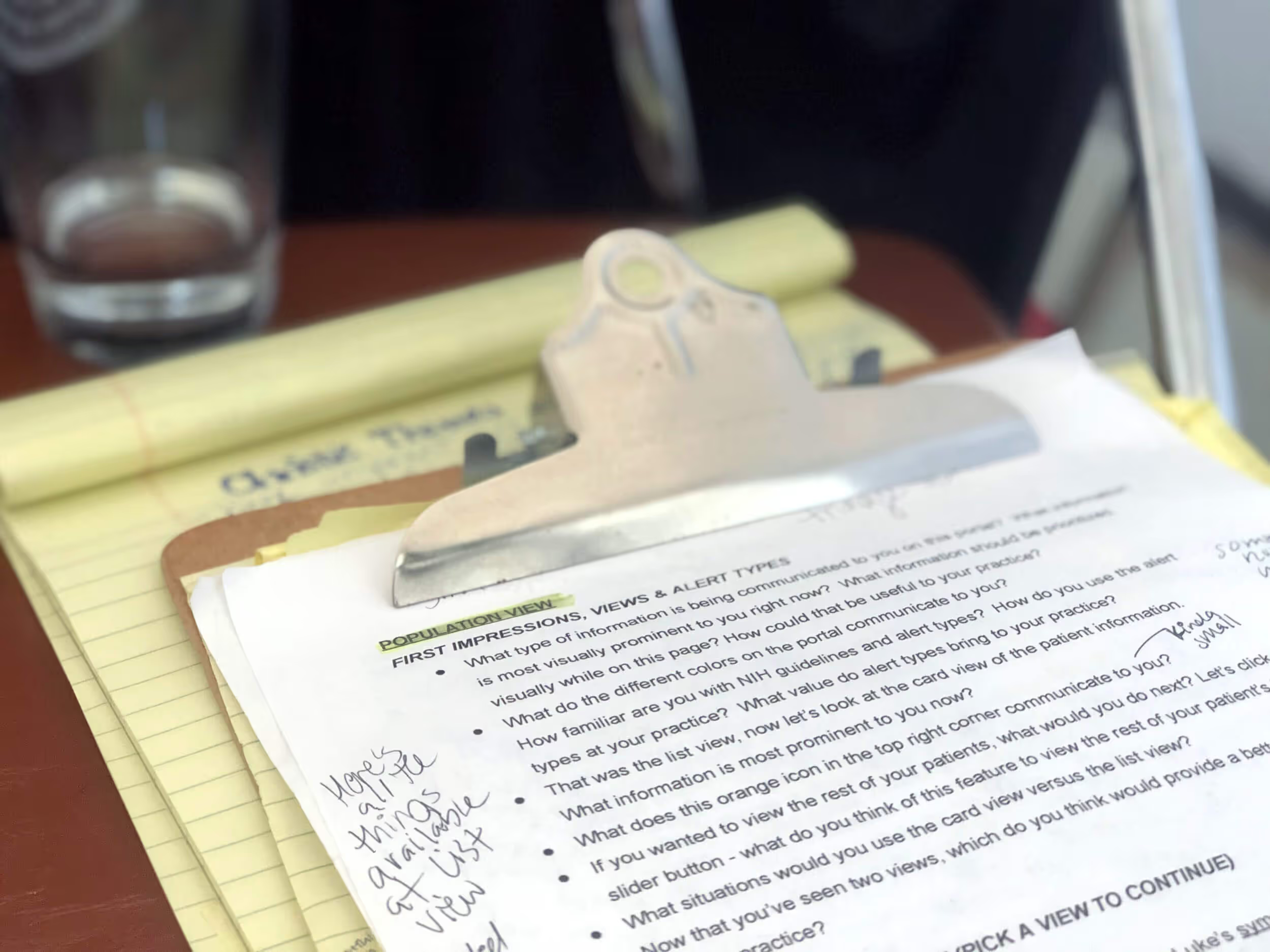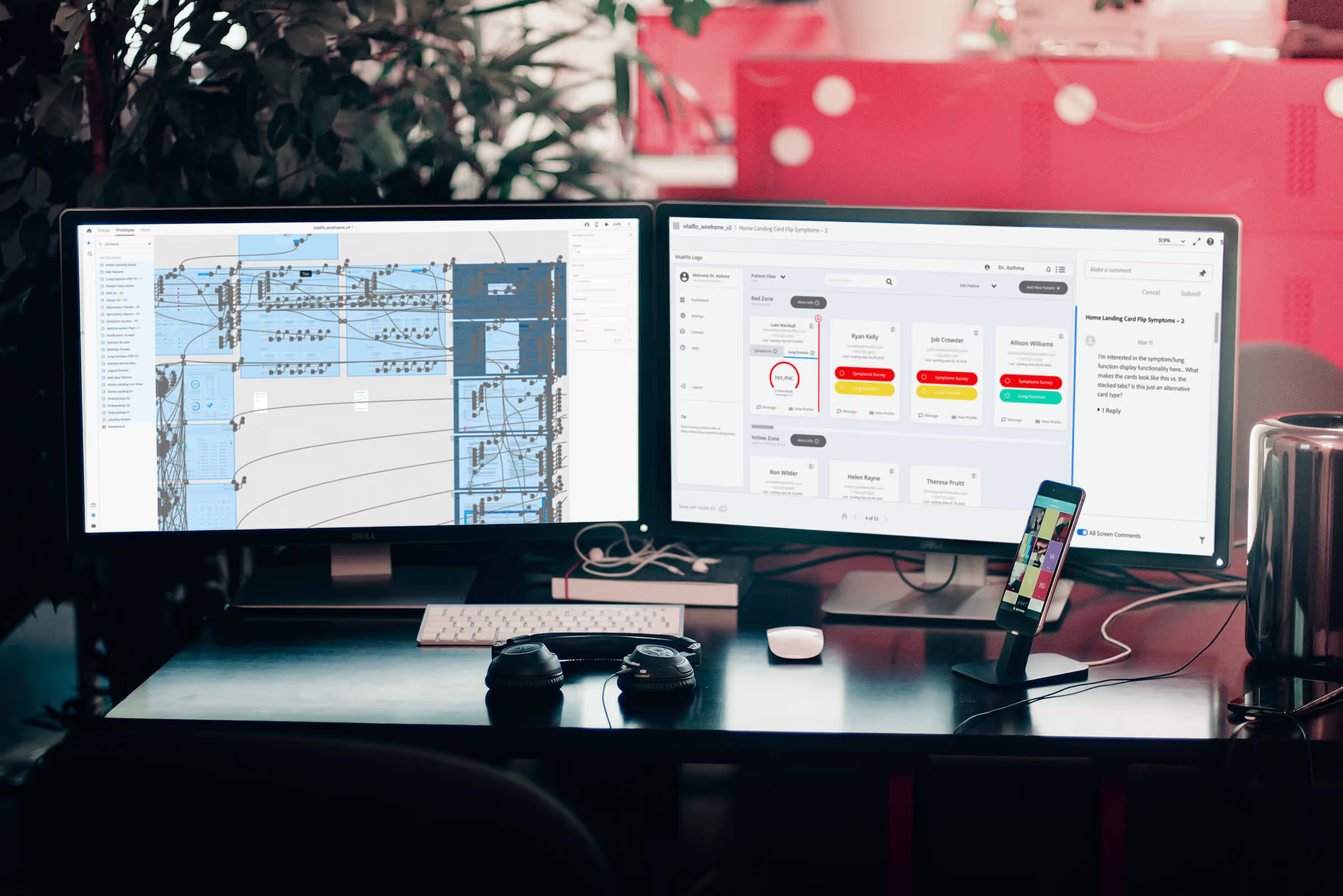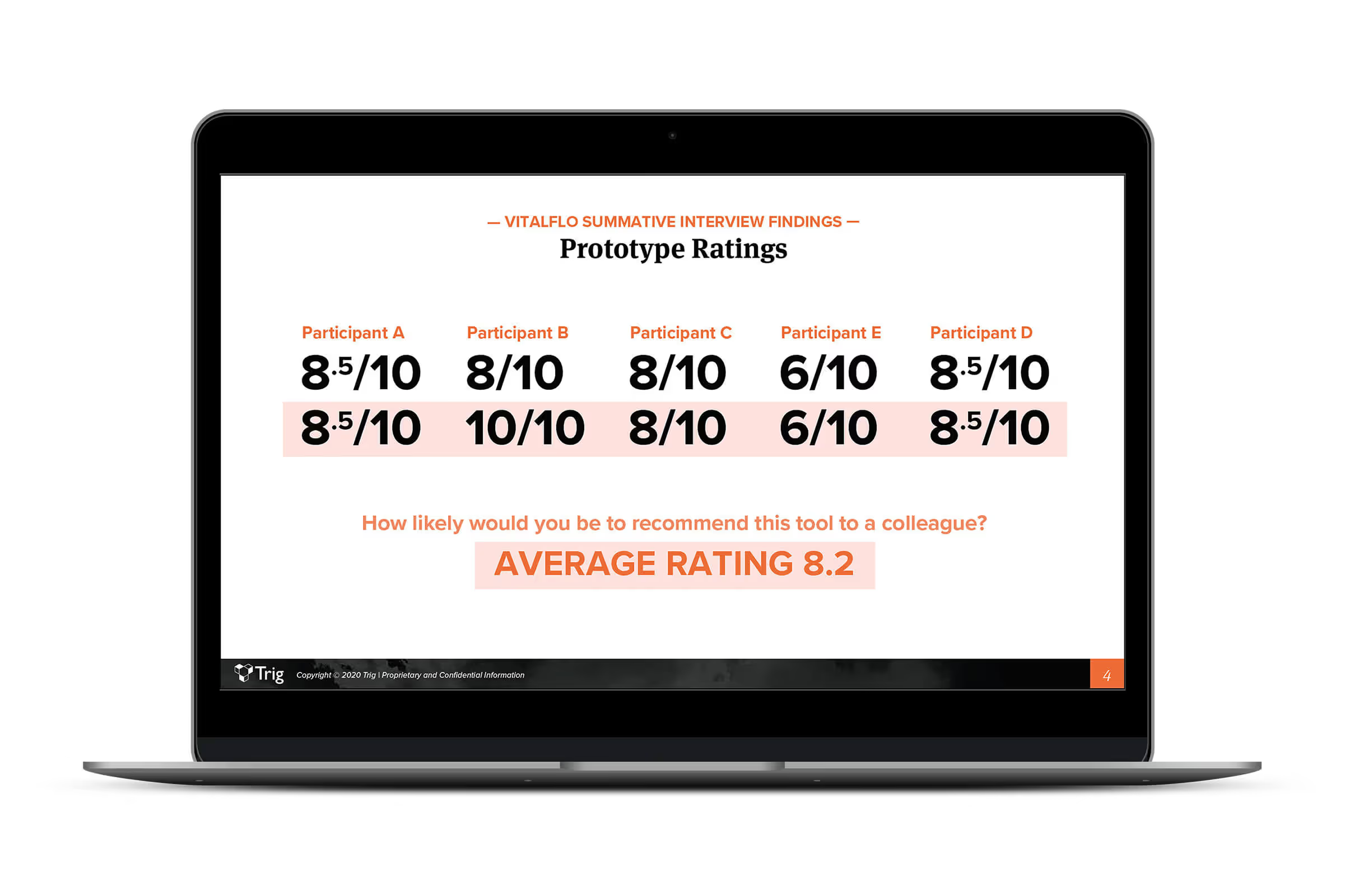What we do
Through our insights process we...
Each milestone in the design strategy journey builds to a solid case for development. Play an active role in shaping your product, company, or brand's future.
Capture Your Project's Vision
We start every project uncovering your dreams, obstacles, and current understanding of the challenge to be addressed. This ensures project-level goals are stated, discussed, and agreed upon as creative partners.
Immerse with Fresh Eyes
Discovery is critical preparation for creative thinking. We use a variety of research tools to immerse in your customer’s world, gathering data with curiosity and without preconceptions.
Identify Key Insights
To arrive at a novel idea, we need novel insights about the problem. We will organize raw data into opportunities; finding patterns and gaps in your customers’ actions, perceptions, and aspirations.
Align on Design Criteria
Together, we will establish criteria for the new experience based on project scope and customer insights - not a hunch. We will prepare for ideation by creating challenge statements that strategically focus and inspire.
Ideate New Approaches
This phase engages the whole team as creative contributors! We invite different perspectives to approach each challenge in as many ways as possible. We will facilitate and help visualize your ideas in group sessions.
Converge on Promising Paths
We will review all concepts and rank according to your project’s criteria and decision-making best practices. Our goal is to select a few distinct directions for testing, allowing you to learn the most about what customers prefer.
Visualize in Context
Refining ideas to fit in context helps your customers imagine and evaluate its benefit. We’ll grow your concept seeds into visual stories that depict the new experience.
Test to Build Your Case
We talk directly with your stakeholders to reveal which stories resonate. Our research mitigates risk by ‘prototyping’ your new experience so you can build a case for continued investment.






